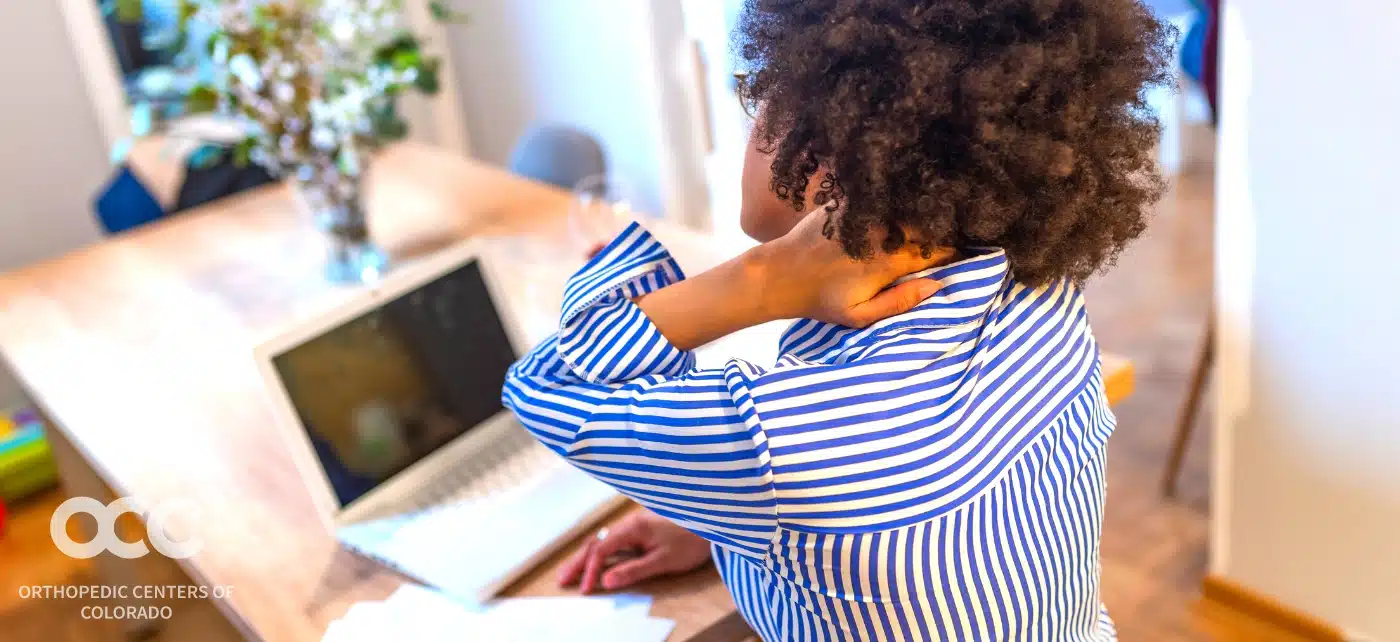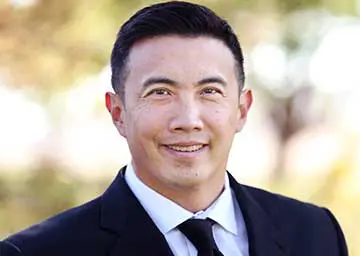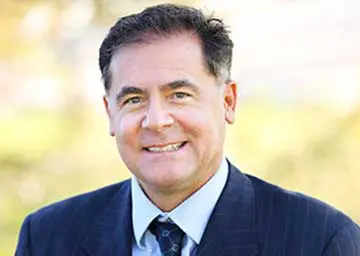Back and neck conditions, such as Cervical spondylotic myelopathy, are some of the most common causes of pain and disability. This kind of pain can be recurring and distracting, preventing people from performing and enjoying everyday tasks and activities. But that’s not the way it has to be. The orthopedic neck and spine experts at Advanced Orthopedics in Denver, Parker, and Aurora, Colorado, can help you minimize back pain and return to a full, healthy life as quickly as possible. Their elite team of professionals has been offering a variety of options to help patients of all ages dealing with back and neck pain. You can trust that their surgeons will give you unparalleled care from the first consultation and be there with you every step of the way.
OVERVIEW
Cervical spondylotic myelopathy (CSM) refers to impaired function—squeezing or compression of the spinal cord caused by degenerative changes of the discs and facet joints in the cervical spine (neck) that occur with aging. CSM is the most common spinal disorder in Americans over 55 years of age and can affect men at an earlier age than women. However, the age of onset for both is variable, depending on the degree of congenital spinal canal narrowing.
ABOUT THE CERVICAL SPINE
The neck, also called the cervical spine, is a well-engineered structure of bones, nerves, muscles, ligaments, and tendons. Both strong and delicate, the cervical spine carries the weight of your head (10-11 pounds), protects the spinal cord, supplies blood to the brain, and allows a wide range of motion, supporting your head and neck movements, such as nodding, turning your head from side to side and looking up and down. The cervical spine has seven stacked bones called vertebrae, labeled C1 through C7, which are separated from one another by intervertebral discs. These discs allow the spine to move freely and act as shock absorbers during activity.
WHAT IS CERVICAL SPONYLOTIC MYEOPATHY?
Let’s take it apart; “cervical” has to do with the spine, and “spondylotic” has to do with spinal degeneration and refers to one of the possible causes of “myelopathy” or the gradual degeneration of the spine. Myelopathy can occur for several reasons. The most common is when the spinal cord is compressed or squeezed. This compression disrupts normal nerve transmission. Arthritis of the spine, or spondylosis, is the most common reason the spinal cord is compressed. It refers to degenerative or age-related changes in the spine, including disc degeneration, bone spurs, and thickened ligaments that can press on the spinal cord and cause myelopathy. The gradual degeneration of the spine often takes the form of cervical spinal stenosis, which is the narrowing of the spinal cord in the neck.
CAUSES
Besides the gradual wear and tear of the spine, cervical spondylotic myelopathy can also be caused by the hardening of the ligaments surrounding the spinal cord, most commonly in the cervical location. Other causes may include congenitally small spinal canal, partial dislocation of the vertebral bodies, repetitive wear and/or trauma, rheumatoid arthritis of the neck, whiplash injury or other cervical spine trauma, spinal infections or spinal tumors, and cancers.
SYMPTOMS
The timing of the appearance of symptoms and progression varies from person to person. The rate of progression may also change over time. Symptoms may progress rapidly for a while and then enter a period of stability. Alternatively, the symptoms may progress slowly but steadily.
Common symptoms include:
- Numbness of the hands
- Clumsiness of the hands—difficulty handling small objects like pens or coins
- Arm and/or hand weakness
- Leg stiffness (“walking like a robot”)
- Loss of balance
- Urinary urgency
- Neck pain—may be present but is not a significant complaint
- Stiffness
- Reduced range of motion
As the disease progresses, one may experience shooting pain that originates in the neck and travels down the spine.
NON-SURGICAL TREATMENTS
Conservative treatment is aimed at decreasing pain by reducing spinal cord and nerve root inflammation, as well as improving the patient’s function and ability to perform daily activities. Treatment generally consists of a combination of temporary immobilization of the neck with a brace, steroidal and/or non-steroidal anti-inflammatory medications such as ibuprofen, as well as physical therapy. Other potential options include various forms of cervical traction and epidural steroid injection.
WHEN IS SURGERY INDICATED?
Two common indications for having CMS surgery include symptoms failing to improve after 4 to 6 weeks of non-surgical management and progression of the symptoms despite non-surgical management. Simply, the goal of surgery is to prevent symptoms from getting any worse. Damage that has occurred in the spinal cord itself can heal, but it is impossible to predict the degree of healing. There are a few surgical procedures your doctor may recommend. Widening of the spinal canal (laminoplasty) can be a good option for some patients. Others may benefit from spine decompression surgery with spinal fusion, which is meant to stabilize the spine after herniated discs, bone spurs, or hardened ligaments are fully or partially removed.
GETTING THE RIGHT DIAGNOSIS. GETTING THE RIGHT DOCTOR.
The highly-skilled neck, spine and pain specialists at Advanced Orthopedics in Denver, Parker, or Aurora, Colorado, are experienced in evaluating cases of cervical spondylotic myelopathy, forming individualized treatment plans by determining the location and type of stenosis, the overall alignment of the cervical spine, and many other factors. Since this condition may cause symptoms similar to other conditions, and patients may present with a variety of symptoms, the diagnosis of cervical spondylotic myelopathy can be difficult. After carefully evaluating the patient’s history and performing a detailed examination, tests may be ordered, including MRI scans (magnetic resonance) or myeloid-CT X-rays. The earlier cervical spondylotic myelopathy is diagnosed, the more successful the treatment will be. And the skilled professionals at Advanced Orthopedics are all about success and letting you live a full life.









